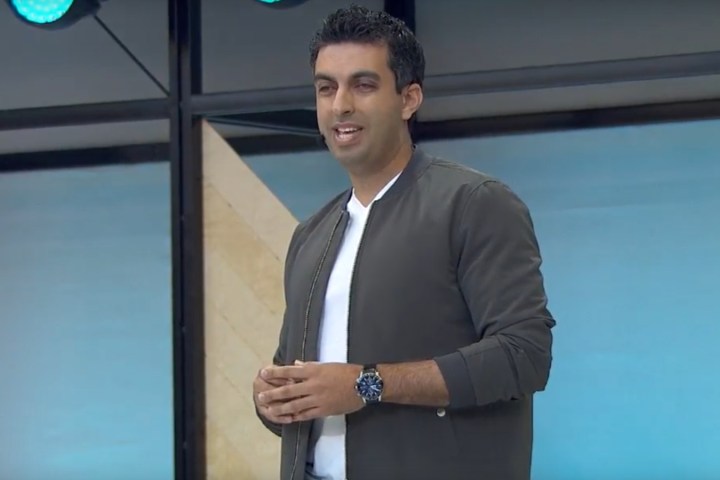

Worldsense consists of two wide-angle cameras that track all objects within the environment to build a virtual “blueprint.” This enables users to walk around freely without having to worry about connected cables and bumping into physical objects and people. This also means the headset will not require external sensors (as seen with the HTC Vive and Oculus Rift), nor will users need to pre-define the playing space.
Google partnered with Qualcomm to create a reference design based on the latter company’s Snapdragon 835 processor, custom-designed tracking cameras, and high-performance sensors. Unlike the smartphone-dependent Daydream View headset, this reference design is optimized for mobile VR without touch-enabled screens, thus retail devices will provide the optimal mobile VR experience.

But with powerful hardware comes the need for a solid software platform and that is where the next version of Daydream comes in. It will be powered by Android O, which will include a new VR window manager that supports non-touch screens. That means the operating system user interface will be accessible in VR.

Daydream 2.0 will also see an update to the Daydream Home experience to support both Daydream View and stand-alone headsets. For starters, users will see a cascading list of content consisting of media, app, games, and so on in horizontal tiles. Google added a new dashboard too that is accessible inside any app that does not require the user to exit the current VR experience.
“You won’t have to leave the experience to check a notification, change settings, or even to switch apps,” he said.

The new dashboard will allow users to send their experience to Chromecast, take screenshots, and capture video. On the Chromecast aspect, users simply pull up the dashboard, select the Cast button, select the Chromecast device, and then the experience can be viewed on the connected screen by anyone. This will be a single view, and not a two-screen rendering as seen in the stand-alone headset. The Chromecast device will be set as the default destination as users move from app to app.

Like the Cast feature, users can pull up the dashboard and select the Camera icon. From there, users choose to capture a screenshot or record video and then send that content to social networks or messaging apps. The YouTube VR team is also working on features for Daydream 2.0 Euphrates, smartphones, and the stand-alone headsets.
Daydream 2.0 Euphrates will hit smartphones and the stand-alone headsets later in 2017. HTC and Lenovo will be the first to produce stand-alone headsets based on the reference design. Google’s Clay Bavor also talks about Daydream, Tango, and VR/AR developer tools in a new blog here.


